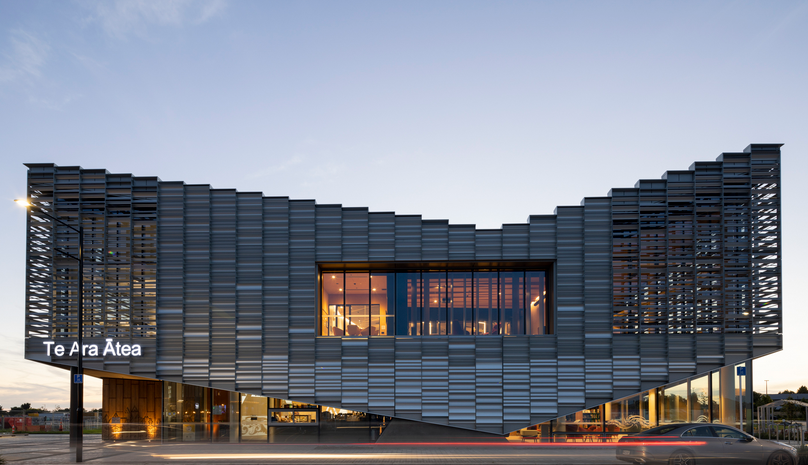Architecture is more than just the construction of buildings. It is a reflection of culture, history, and identity. Indigenous design influences have played a significant role in shaping architecture, and their impact on home construction is truly remarkable. From unique building materials to innovative design solutions, the intersection of culture and architecture offers a rich tapestry of influences that celebrate the diversity and ingenuity of indigenous communities.
In recent years, there has been a growing appreciation for indigenous design influences in home construction. Many homeowners and architects are recognizing the value of incorporating traditional indigenous elements into modern homes, not only for their aesthetic appeal but also for their sustainable and practical features.

One of the most striking aspects of indigenous design is the use of natural and locally sourced materials. For example, in the Pacific Northwest, the use of cedar wood in traditional indigenous homes not only adds a warm and inviting ambiance but also provides natural insulation and protection against the elements. Incorporating such materials into modern home construction not only pays homage to indigenous traditions but also promotes sustainability and eco-friendly building practices.
Moreover, indigenous design influences often prioritize communal living and interconnectedness with the natural environment. In many indigenous cultures, homes are designed to be communal spaces that foster a sense of unity and harmony among family members and the community. This emphasis on communal living can be seen in the layout and design of traditional indigenous homes, which often feature open spaces, natural lighting, and a seamless connection with the surrounding landscape.
Another significant aspect of indigenous design influences in home construction is the incorporation of traditional craftsmanship and architectural techniques. From intricate wood carvings to unique roof structures, the craftsmanship of indigenous artisans has a profound impact on the visual appeal and cultural significance of indigenous homes. By integrating these traditional techniques into modern home construction, architects are not only preserving indigenous heritage but also adding a sense of richness and authenticity to contemporary homes.
Additionally, the influence of indigenous design on home construction extends beyond aesthetics. Indigenous communities have developed innovative solutions to address specific environmental challenges, such as extreme weather conditions and natural disasters. By studying and learning from indigenous design principles, architects and builders can create homes that are resilient, sustainable, and adapted to local climate conditions.
As we celebrate the intersection of culture and architecture, it is essential to recognize and honor the contributions of indigenous design influences in home construction. By embracing indigenous design elements, homeowners and architects can create homes that reflect the beauty, wisdom, and resilience of indigenous cultures, while also promoting sustainable and environmentally conscious building practices.
Conclusion
In conclusion, the incorporation of indigenous design influences in home construction offers a unique opportunity to celebrate cultural diversity, promote sustainability, and create homes that are not only aesthetically captivating but also deeply rooted in tradition and heritage. By acknowledging and respecting the rich tapestry of indigenous design influences, we can build homes that reflect a harmonious blend of culture, architecture, and community.

